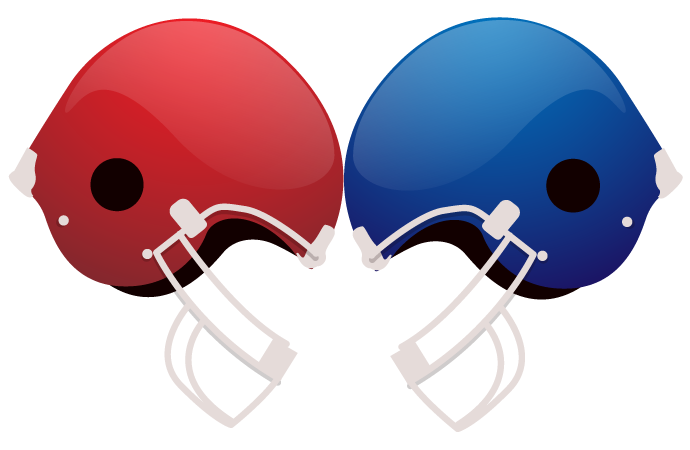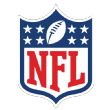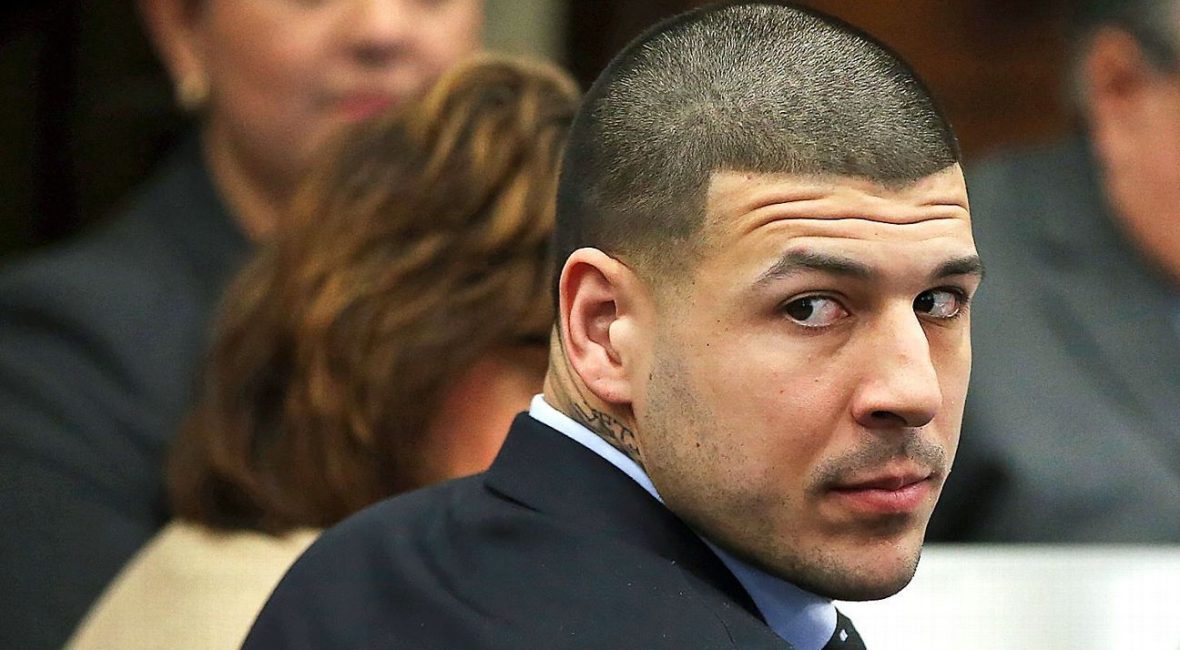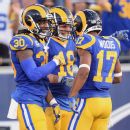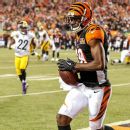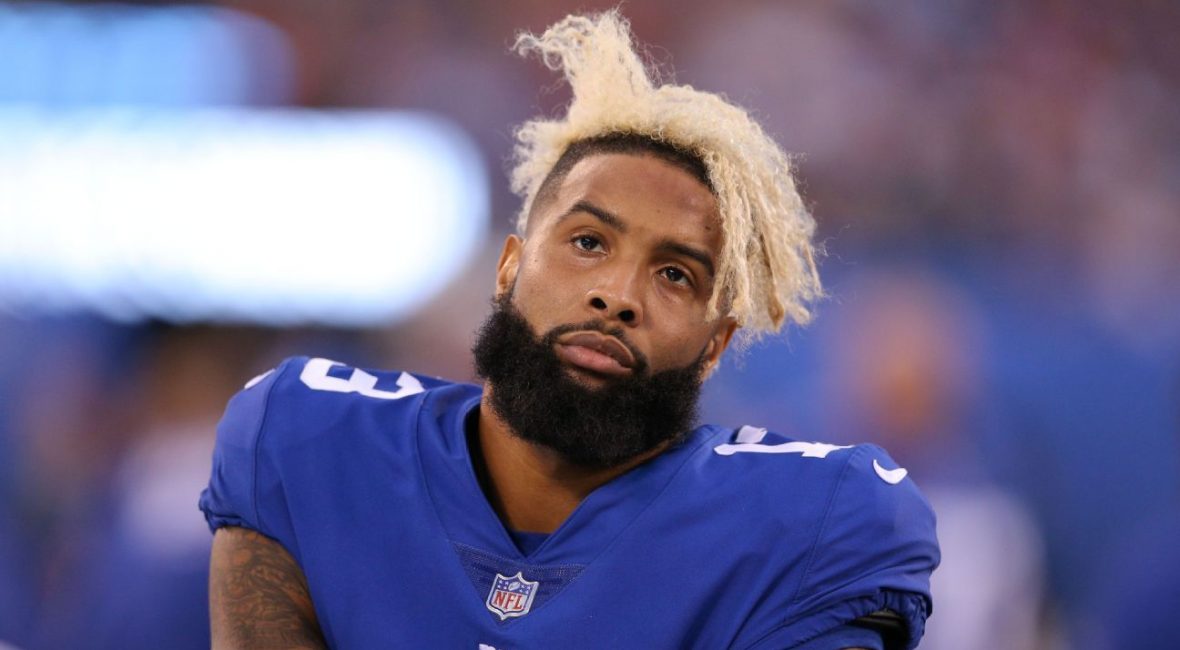FOXBOROUGH, Mass. — The New England Patriots would have liked to finish more decisively what they started in Sunday night’s 43-40 victory over the Kansas City Chiefs — a game they won at the final gun with a 28-yard Stephen Gostkowski field goal.
But the end result was still pretty sweet, as these are the types of games — with just one punt between the teams and a tense finish in which clutch plays needed to be made down the stretch — that can build championship mettle.
“I think we’ve got a lot of clutch players. I think we have no problem grinding it out,” quarterback Tom Brady said. “That’s what the football season’s all about.”
Even better for the Patriots: By improving to 4-2, and dropping the Chiefs to 5-1, it keeps them out of what could have been too deep of a hole from which to recover for possible home-field advantage in the AFC playoffs.
Of course, that’s a long way away.
The Patriots next visit the Chicago Bears, who were one of the surprise stories of the NFL after their 3-1 start but came off their bye Sunday and fell to quarterback Brock Osweiler and the Miami Dolphins, 31-28 in overtime.
They head to Chicago having learned a lot about their team.
Coach Bill Belichick has said that two of the most important characteristics of his best squads are mental toughness and the ability to rise up in the crucial situations to make winning plays. The 2018 Patriots showed Sunday night they are capable of that.
“That was a great job by our players and coaching staff. Just battling for 60 minutes. We talked about that all week,” Belichick said. “In the end, we were able to just do a little bit more, do enough. I’m really proud of the way we competed all the way through — from the opening kickoff to the final kick. It’s a great effort. I thought we went out and played hard. I think we deserved it.”
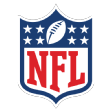 Everything you need this week:
Everything you need this week:
• Scores, highlights and more »
• Full schedule » | Full standings »
• Weekly stats leaders »
• Injuries tracker: Who’s in, out »
More NFL coverage »
The Patriots led 24-9 at halftime, which at their home stadium is one of the most ironclad locks in professional sports. Since Brady took over as the starter in 2001, the Patriots are 95-1 in the regular season at home when leading at the half.
The lone loss came to the Chiefs (in the 2017 season opener), and in a stunning second-half turnaround Sunday night, it looked as if the Chiefs were ready to do it again.
A Patriots defense that forced two turnovers in the first half suddenly became vulnerable to the big play after halftime. Uncharacteristic decision-making from Brady led to a strip sack that Kansas City quickly turned into a third-quarter touchdown.
“I don’t think we’ve seen our best. We can all play a lot better,” Brady said. “And that’s what we plan to do.”
0:39
Tom Brady floats the ball deep to Rob Gronkowski for a 39-yard gain, setting up Stephen Gostkowski for a 28-yard field goal to win the game.
But the Patriots showed fortitude in overcoming the slippage — a clutch play with the game on the line as old reliable Rob Gronkowski reeled in a 39-yard catch to set up the winning field goal as time expired — in what was a playoff-type environment.
“I’ll keep throwing to him in the biggest moments,” Brady said of Gronkowski, whose big catch was the 500th of his career. “We talked about competing for 60 minutes, and that’s what it took — right down to the last three seconds.”
In doing so, the Patriots improved to 94-2 at home with Brady as a starter when they get a double-digit lead.
“A lot of us had been expecting that all week, knowing that’s a high-powered offense,” Patriots receiver Josh Gordon said. “We had one of our own, so we were expecting to take it the full length of the game.”

